Design by the lucky country
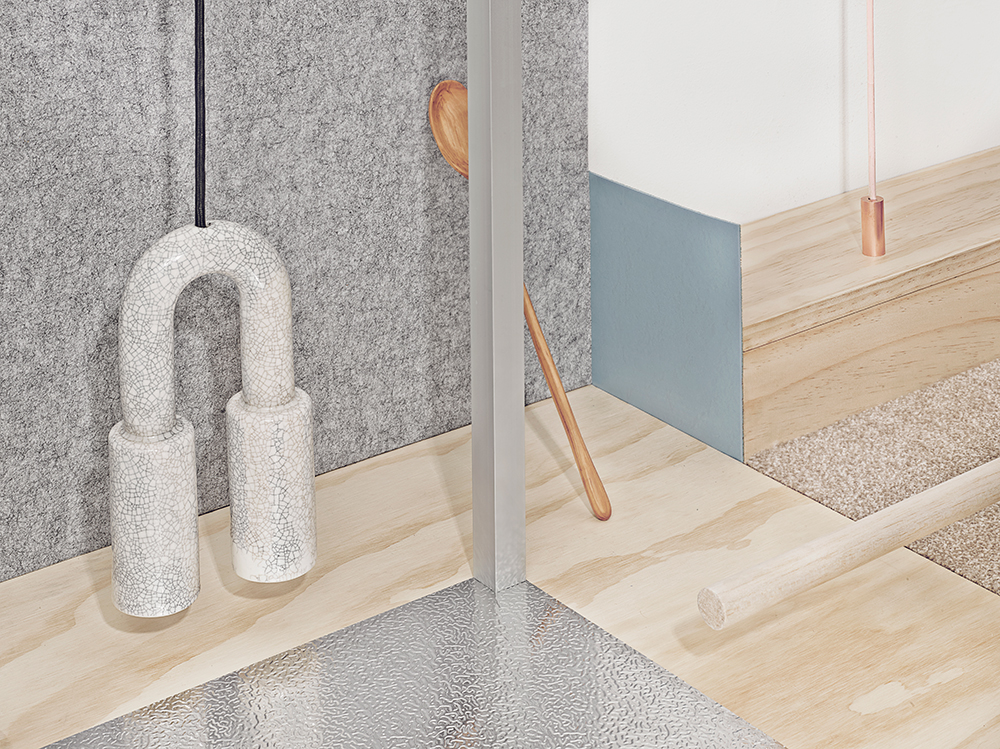
Australia earned its moniker ‘the lucky country’ in the 1960s. The phrase proved popular shorthand for the national sentiment of good fortune. Australia was a land of opportunity, basking in the wealth of its natural resources, good weather, and the utopic idealism of sun-bronzed youth. It is little known that social critic Donald Horne actually meant the phrase as an indictment of a place and a people that was then the least enterprising of all rich industrial nations. He had in mind “the idea of Australia as a [British] derived society whose prosperity in the great age of manufacturing came from the luck of its historical origins.” The ‘lucky country’, in other words, had not defined itself through clever ideas, nor struggle or revolution, but seemed to have coasted through its short history. The image of the typical Australian matched this: an easygoing, gregarious, undisciplined but plucky sort, who could be summed up as either a good bloke or a good sport.echo adrotate_group(2);
Stereotypes, though, go deeper. What is typical and traditional about being Australian is difficult to define. This is not least because the story of our land is ancient, and riven with the irreconcilable tragedy of the indigenous aboriginal people. The question of antipodean self-identity and sense of place in the world has been complicated too by more recent events: our saturation in communication devices and travel options, our exposure to new and different economic and environmental imperatives, our cosy military alliances and our global reach across international agreements, which are swiftly changing the way we see ourselves, how we connect with other people and places, and how we are seen by the rest of the world. These themes are explored in smaller detail in The Other Hemisphere, the second survey exhibition of contemporary Australian and New Zealand design to be presented at Ventura Lambrate as part of Milan Design Week this year. What brings 12 antipodean design practices to the world’s attention in 2014 is less about luck than brilliant ideas.
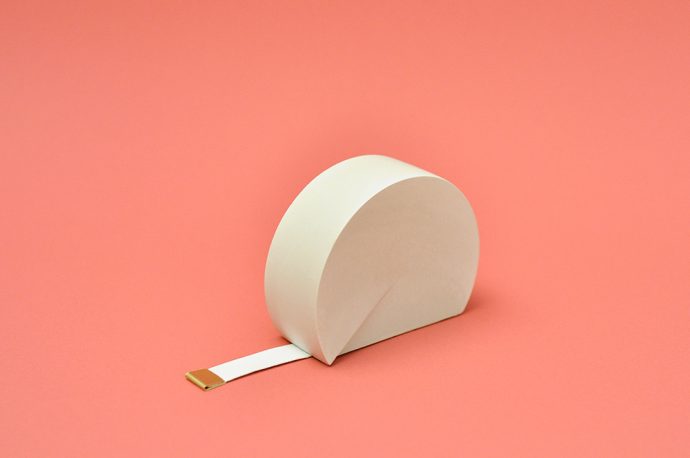
Ventura Lambrate is known for redrawing boundaries in design. Now entering its fifth year, Ventura Lambrate’s founders, Magriet Vollenberg and Margo Konings of Dutch practice Organisation in Design and Ventura Projects, envisage the event as fulfilling a role during Milan Design Week as a destination for the most avant-garde ideas and the place to look to for ‘what’s next’ in design. More festival than exhibition, it’s the unselfconsciously cool little sister to the main event, drawing an audience nearing 80,000 for its provocative, inspirational and influential design. Since Ventura Lambrate’s first edition in 2009, Vollenberg and Konings have put together the entire selection of exhibitions. The festival has grown to become a much-loved international gathering of the finest emerging, established and experimental projects, featuring studios, designers, craftspeople, companies, brands and academies. The exhibitions meander through the streets of Lambrate, an abandoned area at the heart of industrial modernist Milan where the empty factories of Gaggia, Lambretta and other Italian manufacturers are transformed into gallery spaces, creating a unique experience in the world.

The Other Hemisphere is led by Australian curator and designer Sarah K of Blakebrough + King and supercyclers. Sarah K met Vollenberg and Konings at Ventura Lambrate in 2010. She invited them to collaborate with her in selecting the works for this year’s The Other Hemisphere. As always for Ventura Lambrate, the works are conceptual rather than commercially driven. While ‘the other hemisphere’ gestures squarely at the distinct geographies of north and south and the inherited ‘otherness’ of the antipodes, the nature of ‘other’ and ‘otherness’ is open to designers and audience to interpret.
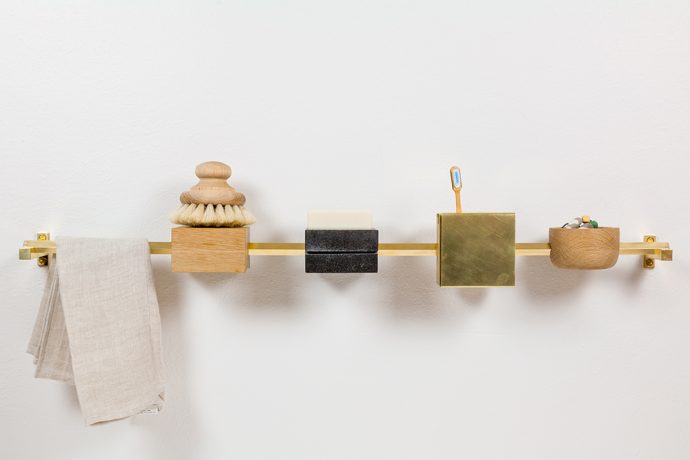
As an Australian in London I wrestle with being other in a place that is teasingly familiar yet completely different. I am an outsider here. Australia is my ‘true home’, my original place, yet I will stay here for decades, only occasionally making the trip ‘back home’. I am seen as other, as a foreigner and a non-citizen, and I am other in my own eyes as an immigrant from my native land. I have observed a similar discomfiture in friends who wrigglingly describe themselves as expats and émigrés: words that are flash-fires for self-identified otherness. Even while we miss home and keep up with the news from home, we refuse to go home. I might stumble on the pavement when I pass a person in the street who looks like an old friend from home, and suddenly all the warmth and solidity of a memory pours back into me, as when Proust’s Marcel trips in the Guermantes’ courtyard. In that moment my otherness becomes crystal.
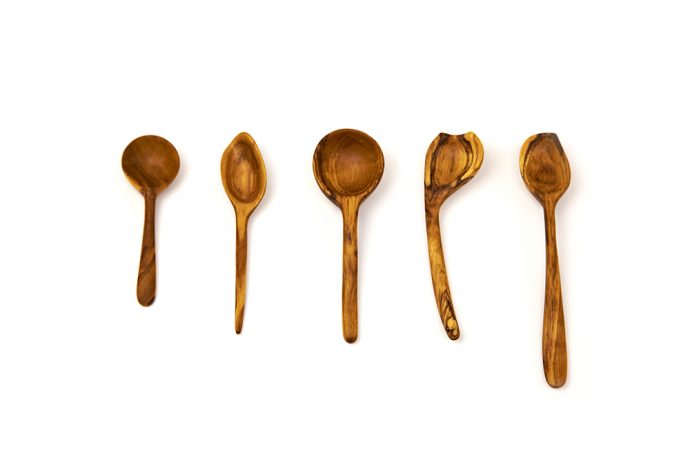
Sometimes we wear our otherness as a badge of distinction. We puff our chests in the achievement of being able to feel ‘at home’ anywhere in the world, proud of our perpetual nomadism, wandering across language, lore and landscape. Being other grants us a luxurious freedom to roam and all the romance of exile. One might even be tempted to think that being not at home is one’s natural state. However, being other also induces the unsettling experience of placelessness, or what James Wood has called ‘homelooseness’. The Dutch have a rather beautiful word for this too: thuisloos. The word evokes journeys on the zephyr, being tossed gently by the invisible currents of the world on a pale veined leaf. Yet the word also means homelessness, with all the severity and violence of that condition. Underlying the experience of being other is a lingering restlessness that comes from not being anywhere in particular, at once everywhere and nowhere.
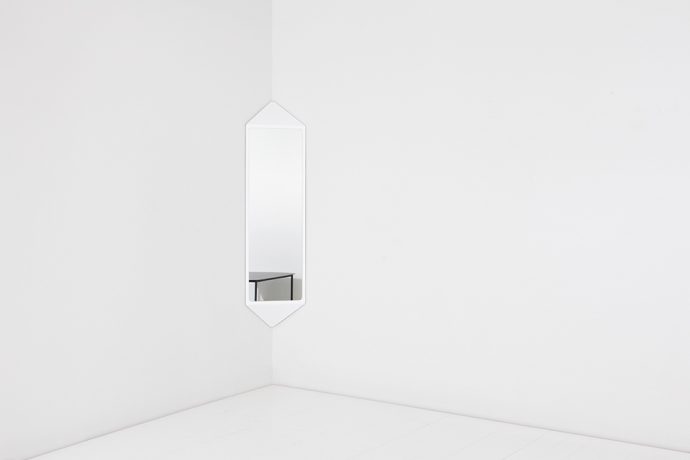
The geographic isolation of countries in the southern hemisphere, our diffuse origins as people, national stories checkered by the barbarism of coloniality, and the echoing emptiness of our vast lands, trouble questions about our identity, where we belong, and how we should relate to the rest of the world. It has not always been so. Before the two world wars Australians unhesitatingly looked to England for our traditions, pocketing the culture and history of the motherland as our ‘common wealth’. Until the 1950s it was still prestigious for Australians to travel to England to present a newborn before the court in London. Our unease with our identity became particularly acute when upheaval in Europe after the wars revealed Australia’s irrelevance to events in the northern hemisphere. We needed to distinguish ourselves from Britain. We sought self-affirmation by digging about in the trove of national iconography to piece together an image of the typical Australian from the best of the bush tucker man and Banjo Patterson: a laconic hero embodying qualities of mateship, hard yakka, unstinting generosity and a willingness to cop a fair share of the shit.
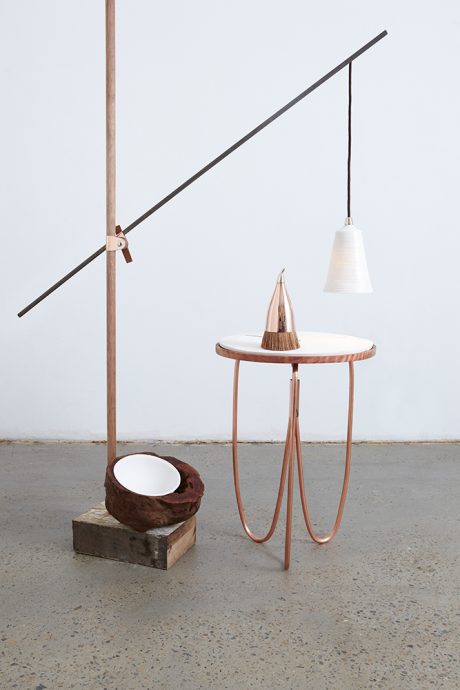
Stereotypes emerge from a desire to present a coherent identity and the allure of a stable sense of being in the world. Yet few people ever really match up to them. Simplistic definitions of Australianness belie importantly ambivalent aspects of the way we are and the way we are seen. Take, for example, how idealism and pessimism frequently clash in our national debates. Or how efforts to preserve and venerate aspects of our colonial past (in our architecture, our constitutional system, in the design of our homes) jostle uncomfortably with anti-British sentiment and our more recent embrace of Asian culture and American consumerism. We reify the bush spirit and idealise pastoral values yet we neglect rural needs in policy. Our ambition, talent and ingenuity in science and the arts are shouted down by a rabid intolerance of elitism. We boast about classlessness but inequalities of race, gender, education and wealth are immanent. We are uncomfortable with the few traditions we can identify, a forgettable national anthem among them. We are proud and protective of our freedom, yet we are deeply insecure about our borders: the White Australia policy (then) and the exploitation of asylum seekers (now) speak to uncertainty about who we are and what we value. Antipodean otherness is an admixture of anxiety about being rejected for our difference, and fear of difference itself.

That it is a struggle to select what is typical and traditional about being Australian admits the simplicity of the happy-go-lucky, egalitarian Australian persona. Gaining a sense of place in the world, and the pursuit of self-knowledge, requires going deeper than stereotypes. The twelve design practices exhibiting in The Other Hemisphere this year idiosyncratically explore what it means to be other and to come from the other place. The works come together under the theme of ‘simplified’. The result is an exhibition of works that are stripped back, pared down and uncomplicated, either in their approach or aesthetic.
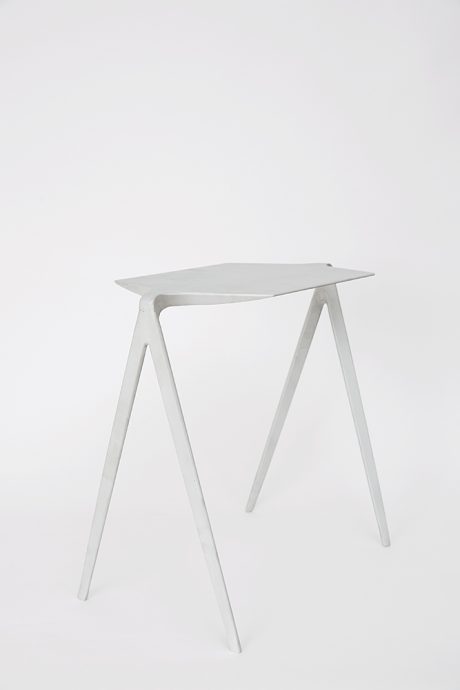

Over half of the design practices exhibiting in The Other Hemisphere are collaborative. Sarah K believes this is representative of the way the best design thinking is headed. Acknowledging the collaboration behind a work is also a more honest approach to designing, making and exhibiting. Sarah K sees a shift away from today’s culture of the individual ‘design hero’ towards one that reflects the collective culture of sharing that has evolved through use of the internet, as well as transport which has improved access to materials and local knowledge in different locations, and increasing specialisation among skilled craftspeople – all of which have meant more of us exchanging ideas, in more places, in more ways, and more often than before. This year’s edition of The Other Hemisphere aptly represents those collaborative processes.


The Other Hemisphere has itself been knitted together through collaboration with various partners. The exhibition’s principal partner, designEx, will bring The Other Hemisphere back to Australia for designEx in Sydney, May 2014. Vollenberg and Konings will join Sarah K at designEx this year as part of its speaker series. The Other Hemisphere is also collaborating with Australian botanicals behemoth Aesop, Melbourne amenity bag designers Buzz Products and Aboriginal textile brand Gaawaa Miyay to produce a ‘travel kit’ for visitors to Ventura Lambrate. The kit will be sold through The Other Hemisphere’s online Campaign Store and proceeds will fund the exhibition. Melbourne coffee legend St Ali will bring the Melbourne coffee experience, and a taste of the other hemisphere, to Milan, with an espresso bar integrated into the heart of The Other Hemisphere’s gallery space. Coffee will be served out of beautiful porcelain espresso cups produced by The Other Hemisphere in collaboration with Sydney-based The Fortynine Studio. Assemble Papers is proud to be the exhibition’s media partner and co-conspirator in bringing the associated print publication to life.

The Other Hemisphere runs 8–14 April at Ventura Lambrate as part of Milan Design Week and 28–30 May at designEx in Sydney. Curated by Sarah K (Blakebrough + King; supercyclers) and Margo Konings and Margriet Vollenberg (Organisation in Design), it features the work of 12 designers and design collaborations from Australia. Assemble Papers is proud to be a media partner and co-conspirator on the associated print publication. For more information visit: theotherhemisphere.com